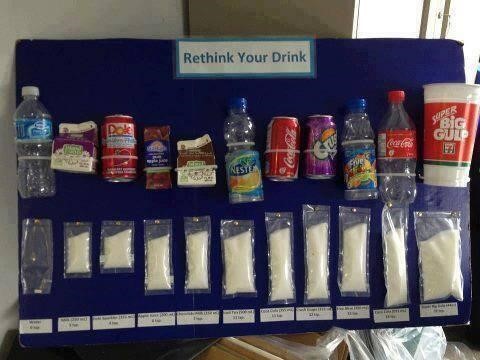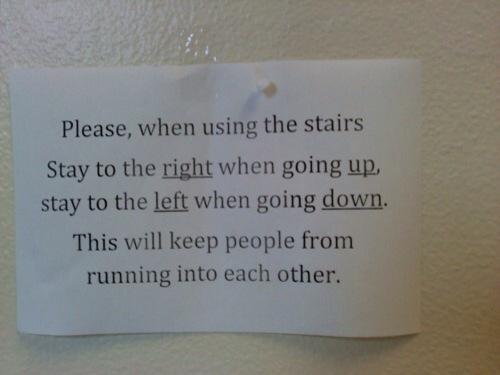None of us view our children objectively. To a parent, Junior is always smarter, more talented and more attractive than objective evidence would indicate. But look at just how skewed parents’ views of their children are, when it comes to deciding whether their children are overweight. Not until a child gets near the top three or four percentile in body mass index do most parents begin to recognize that Junior has a problem.

Thanks to Pierre Chandon for this image. And thanks to my mom and dad, for convincing me that I was special.
How Much Sugar Is in Your Beverage?
Is the Government Trying to Make Us Fat?
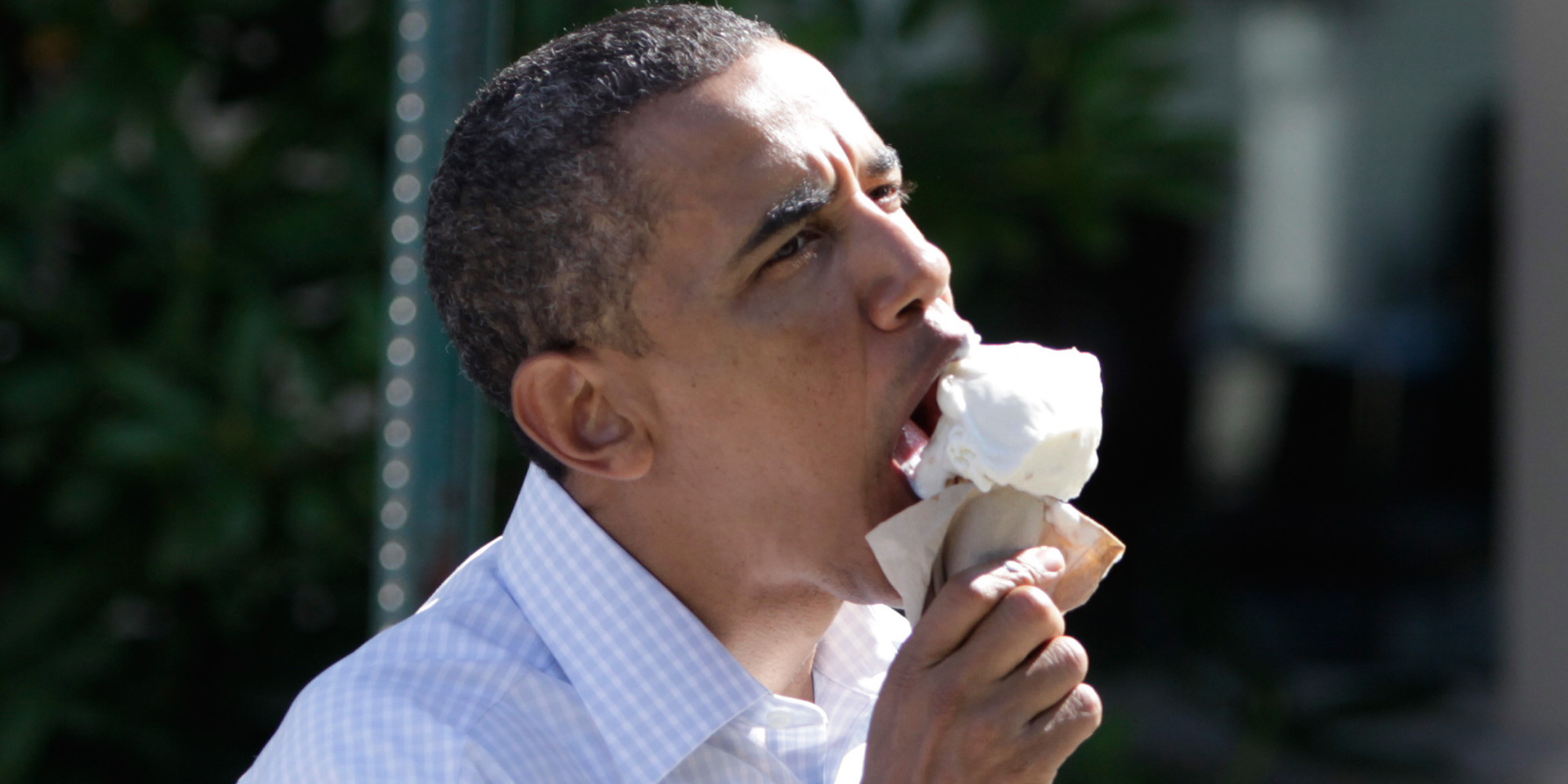
The FDA has proposed new labels on grocery store food products, that adjust serving sizes to more accurately capture what Americans eat. Research I conducted with Steven Dallas and Peggy Liu suggests these labels could be a problem. Here is a great media story on our findings:
Last year, the Food and Drug Administration announced it would be overhauling its Nutrition Facts label for the first time in more than 20 years. Among proposed changes to the chart, which is found on most food packaging, is a more realistic assessment of serving size, which reflects the amount of the product people actually eat at one sitting.
This shift has been widely praised by public health advocates, who consider many of the current serving sizes (one-half cup of ice cream?) unrealistically small. This way, they argue, people will have a better sense of the number of calories and grams of fat they are actually consuming.
But newly published research suggests there’s just one small problem with this initiative: It appears to prompt people to eat even more.
“We found that people misinterpret serving size information, with the vast majority of consumers incorrectly believing that the serving size refers to how much can/should be consumed,” a research team led by Steven Dallas of New York University writes in the journal Appetite.
To read the rest of the article, please click here.
The Harms of Believing in Exercise
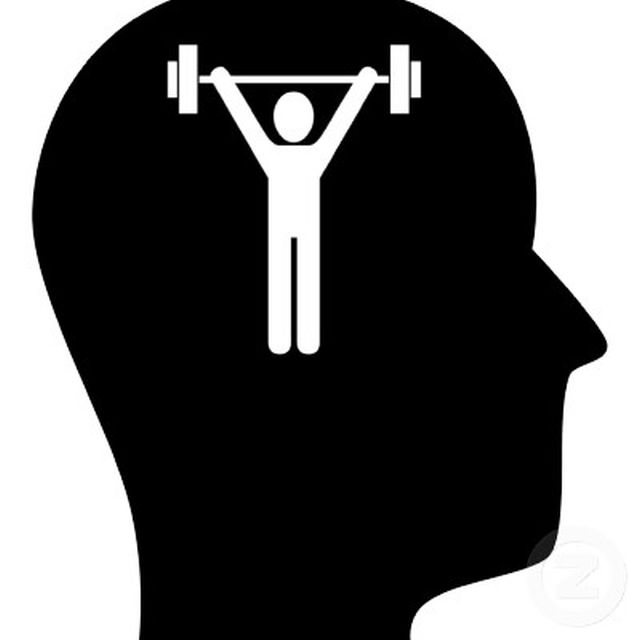 Can beliefs make you fat?
Can beliefs make you fat?
The answer to this question might seem pretty obvious. If I believe that the best way to lose weight is to super-size five meals a day at McDonald’s, while consuming bags of Doritos to tide me over between meals, that belief is probably going to make me fat. If I believe that the best way to get in shape is to watch other people exercise, I’m probably never going to have a six pack abdomen.
But what if I believe that exercise is the key to losing weight? Research suggests that this belief might be bad for my health.
Let’s be clear – I like to exercise. Maybe even too much for my own good, if the amount of money I’ve spent on orthopedic surgery is any indication. But I like to exercise because it is fun to exercise and makes me feel better, not because it keeps me thin. Let’s also be clear that exercise helps people avoid becoming obese. One of the reasons I’m still under 160 pounds in my early 50s is because I exercise six or seven days a week. But regular exercise, alone, doesn’t guarantee a trim figure. I have plenty of friends who exercise quite a bit, and still have hefty frames. They are hefty because they still manage to consume more calories than they burn.
And that’s where belief about exercise can become dangerous. (To read the rest of this article, please visit Forbes.)
Watch Out for Snack Food
People are correctly paying a great deal of attention to just how many calories it is possible to consume at American restaurants these days. The New York Times, in fact, recently showed just how many calories people typically consume at Chipotle:
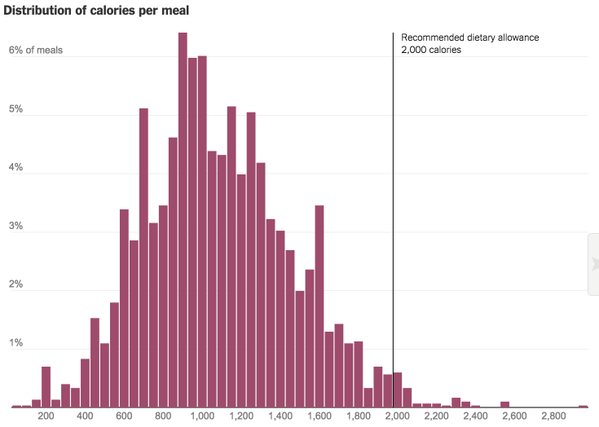
But as the folks at Vox pointed out in a follow-up post, in focusing our attention on those calorie packed entrées, we shouldn’t forget about another very important source of calories – snacks! In fact, according to one study, by David Cutler, it is snack calories that changed the most in the US between 1977 in 1996:
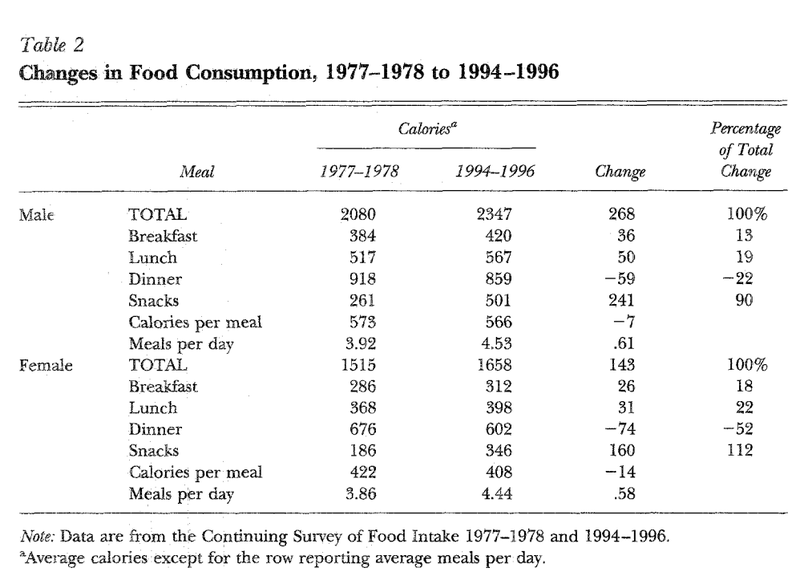
Does anybody have any more recent data than this? With so many more people eating out for meals now, I wonder how this has changed.
When Helpful Nudges Aren’t Helpful
The Things We Do To Lose Weight
Want to lose weight? Then what are you going to do to try to accomplish your goal? Specifically, what will you do to change your eating habits?
Probably the best thing you can do – eating habit wise – to lose weight is to eat less food. But as you will see from this picture below, which I learned about thanks to Pierre Chandon (@pierrechandon, on Twitter), that’s not the primary strategy most people pursue. Instead they think about specific type of food ingredients, and try to cut down on them – ingredients like fats and sugar. Or they try to eat more healthy foods – foods like fruits and vegetables.
And while there are some interesting differences in approaches across the world, what I find even more interesting is how consistent these behaviors are almost no matter where you live:
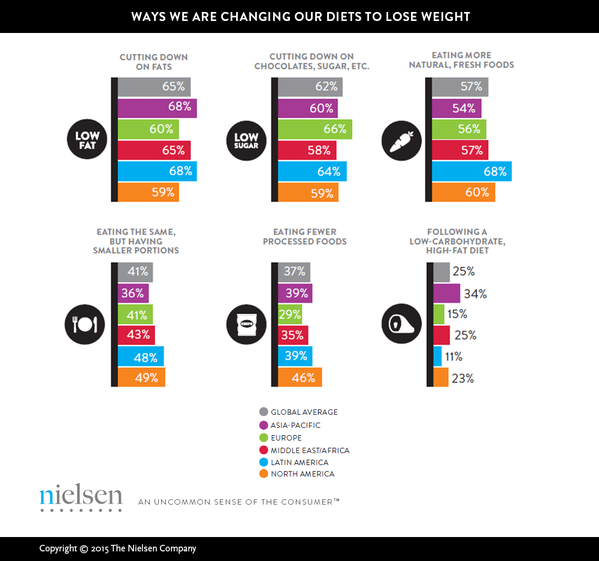
The bottom line: people seem to think a lot more about what they eat rather than how much they eat. Which is a shame, because when it comes to dieting, less really is more.
Calling Obesity A Disease Dooms Dieters
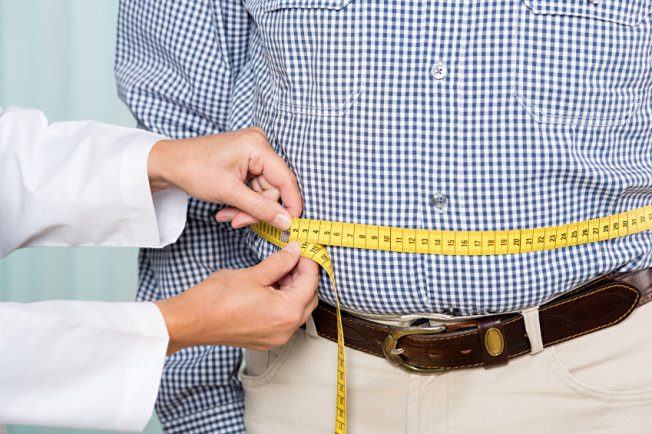
In June of 2013, the American Medical Association officially recognized obesity as a disease. The organization had its reasons. For starters, obesity leads to heart attacks, strokes, diabetes, early-onset degenerative arthritis…and just about every other illness on the planet. In addition, people with obesity face a very difficult time overcoming their condition: Short of highly invasive stomach procedures, very few treatments succeed in helping people lose weight and maintain that weight loss. Finally, the organization may have been motivated by the desire to reduce stigma surrounding obesity; by labeling obesity as a disease, it hoped to signal that people with obesity cannot be wholly blamed for their affliction.
But will deflecting blame from obese people backfire? Now stricken with a “disease,” will obese people be less motivated to lose weight?
This is the question Crystal Hoyt and colleagues set out to answer in a study published in the prestigious journal, Psychological Science. Their concern? As they put it: “The term disease suggests that bodies, physiology, and genes are malfunctioning. By invoking physiological explanations for obesity, the disease label encourages the perception that weight is unchangeable.”
To see whether this concern was justified, they decided to run some studies. In one, they asked people how concerned they were about their weight. They also asked these people to select a sandwich for a hypothetical lunch. And they varied whether people in the study were exposed to a message that obesity was a disease. (To read the rest of this article, please visit Forbes.)
More Encouragement to Walk the Stairs
A while back, I posted an interesting effort to get people to walk upstairs, rather than take the escalator. It involved a staircase designed to look like a piano, with musical sounds generated when people stepped on each stair. I love that approach not only because it is clever, but because I am a serious pianist. It appealed to my inner musician.
For those more visually inclined, here is another interesting set of stairs, in a picture brought to my attention by Bob Peck (@MakeABetterOne).

What do you think? Will it convince anyone to climb the stairs who otherwise would have taken the escalator?
What Causes Couch Potatoes To Eat So Many Potato Chips?
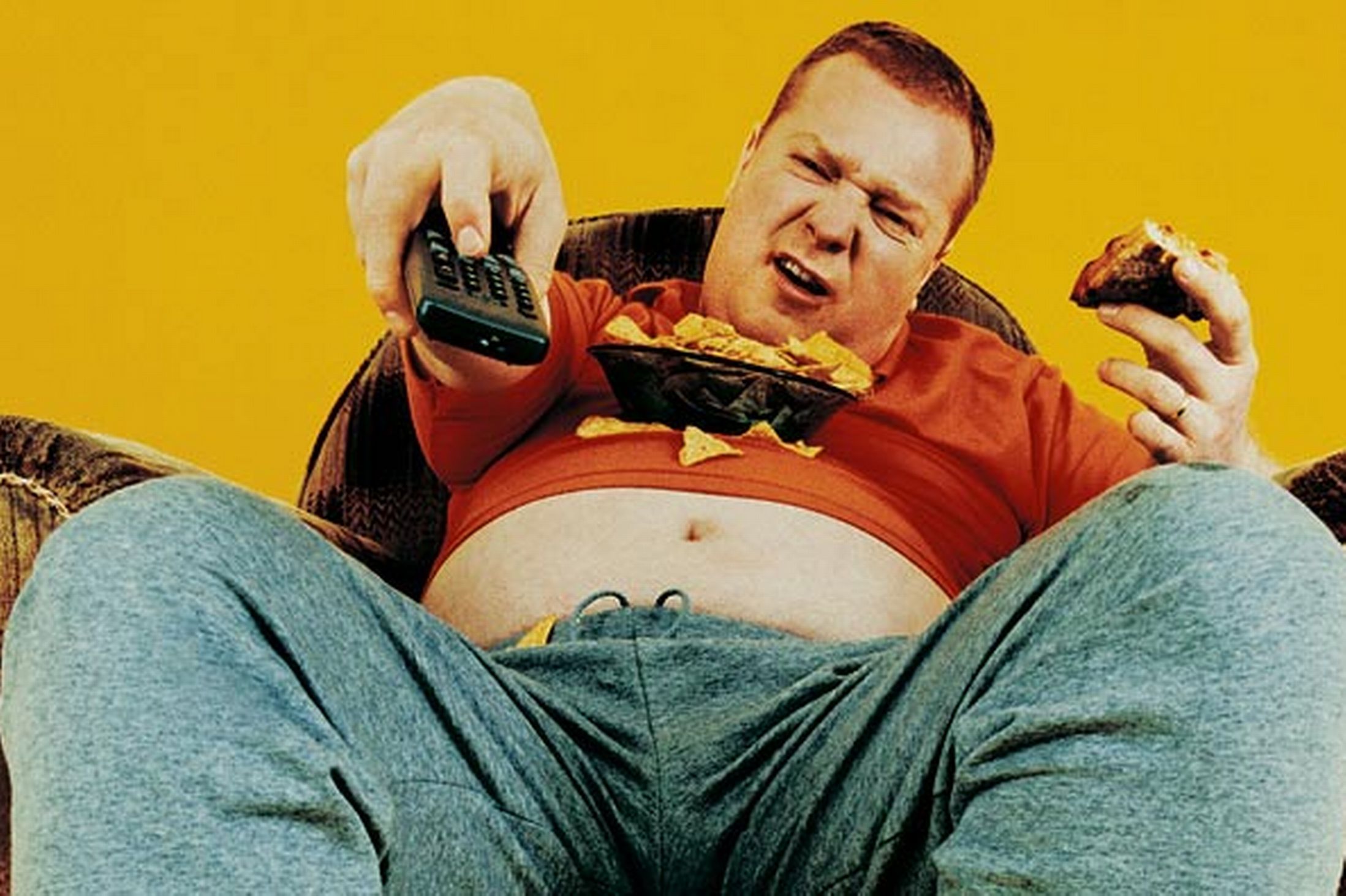
Do you eat when you’re bored? So do I. Then again, I eat when I’m not bored, too. So the real question is: do we all eat more when we’re bored than, say, when we’re highly entertained?
The answer, according to a clever study by Aner Tal and colleagues, is no. In fact, sometimes being energized by your environment may be the worst thing for your waistline.
In the study, Tal sat college students down in front of the TV with an array of tasty treats at their disposal – M&M’s, cookies, carrots and grapes. Tal then measured how many calories students consumed on average during 20 minutes of TV viewing where the students had no idea that their food consumption was being monitored.
When watching 20 minutes of the Charlie Rose Show, a PBS talk show (yawn!), students consumed a bit more than 100 calories of snacks, on average. But other students, picked at random to watch an excerpt from an action movie, The Island, ate twice that amount in the same period of time.
Double your fun and double your calories? (To read the rest of this post and leave comments, please visit Forbes.)

